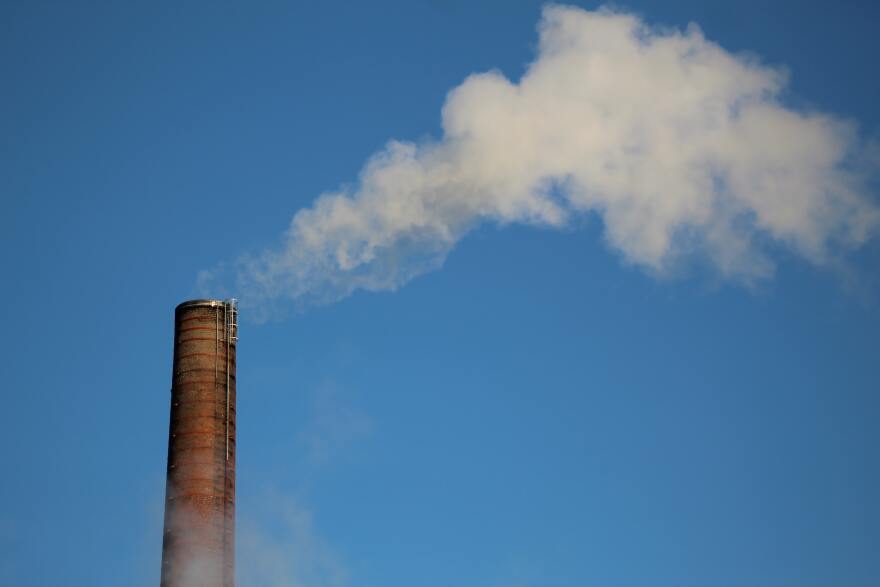As the world prepares for another UN Climate Change Conference, scientists are still searching for a cheap and easy way to dispose of the primary greenhouse gas - carbon dioxide.
A new Icelandic facility might be the answer. The Orca plant, powered by geothermal energy, sucks air into the collector with a fan. Once it’s inside, it sits on a highly sensitive filter. The filter collects CO2 which is then heated up and buried in the ground where it eventually turns to rock.
This so-called direct air carbon capture facility isn’t the only way to take carbon out of the atmosphere. It can be removed at the source or from the fuel before combustion.
Stanford Professor Arun Majumdar, a former U.S. Energy Department scientist, says carbon capture is key to reducing greenhouse gas. He says wind, solar and electric batteries are not enough to make a difference.
“If you think we can address climate change with just those - solar, wind and batteries - we are grossly mistaken," he says. "We are still 80% based in fossil. We need technologies for capturing the carbon dioxide from power plants.”
Majumdar spoke during a virtual climate change Council on Foreign Relations public forum this month.
CNN reports the Orca facility “removes about 10 metric tons of CO2 every month, which is roughly the same amount of carbon emitted by 800 cars a day in the U.S.” But the impact is miniscule. Humans emit 50 billion tons of greenhouse gases a year, according to Our World in Data.
This month, the U.S. Department of Energy announced it will invest $45 million in carbon capture technology, some of it with the University of Kentucky Research Foundation testing four new techniques. They include treating evolved gas from an electric arc furnace. That’s at the Nucor Steel Gallatin Plant in Ghent, Kentucky.




